The first new uncertainty principle to be formulated in decades helps explain why a quantum object can be two temperatures at once.
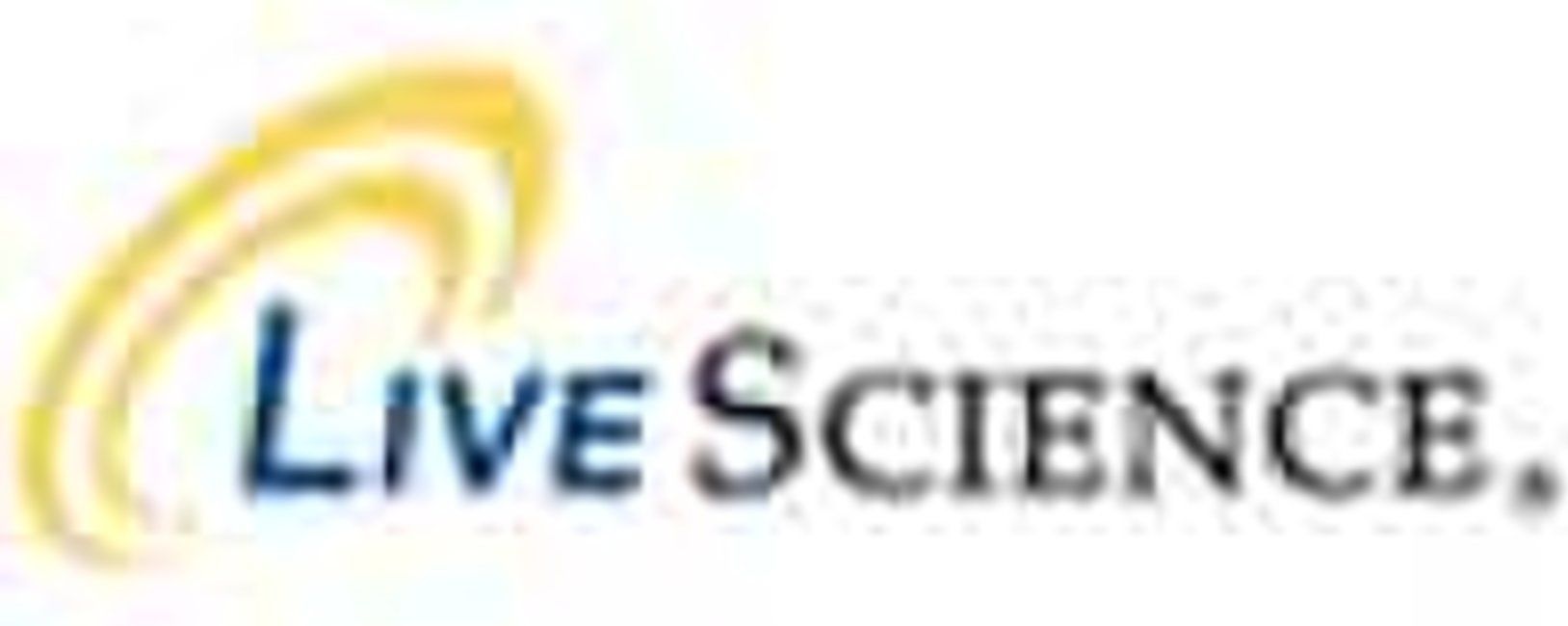

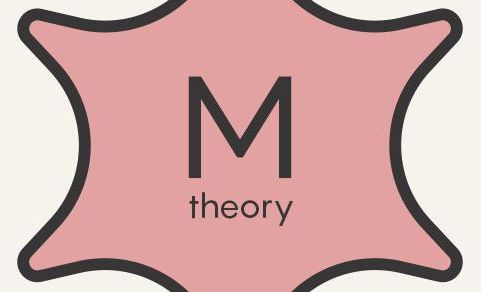
It’s not easy being a “theory of everything.” A TOE has the very tough job of fitting gravity into the quantum laws of nature in such a way that, on large scales, gravity looks like curves in the fabric of space-time, as Albert Einstein described in his general theory of relativity. Somehow, space-time curvature emerges as the collective effect of quantized units of gravitational energy — particles known as gravitons. But naive attempts to calculate how gravitons interact result in nonsensical infinities, indicating the need for a deeper understanding of gravity.
String theory (or, more technically, M-theory) is often described as the leading candidate for the theory of everything in our universe. But there’s no empirical evidence for it, or for any alternative ideas about how gravity might unify with the rest of the fundamental forces. Why, then, is string/M-theory given the edge over the others?
The theory famously posits that gravitons, as well as electrons, photons and everything else, are not point-particles but rather imperceptibly tiny ribbons of energy, or “strings,” that vibrate in different ways. Interest in string theory soared in the mid-1980s, when physicists realized that it gave mathematically consistent descriptions of quantized gravity. But the five known versions of string theory were all “perturbative,” meaning they broke down in some regimes. Theorists could calculate what happens when two graviton strings collide at high energies, but not when there’s a confluence of gravitons extreme enough to form a black hole.
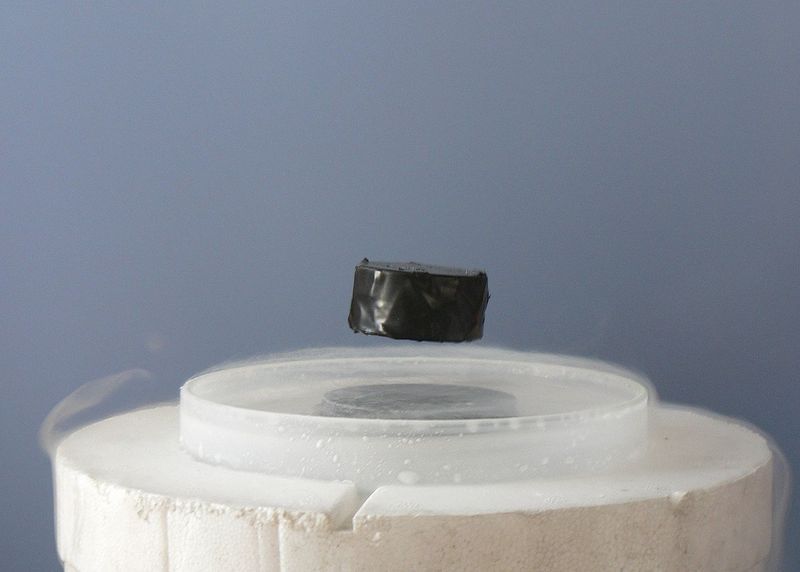
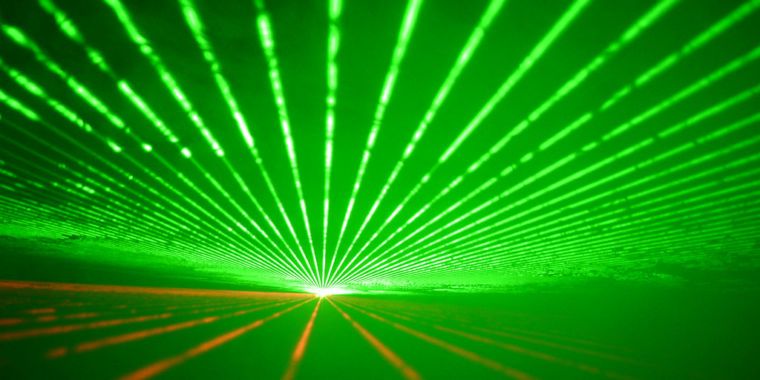
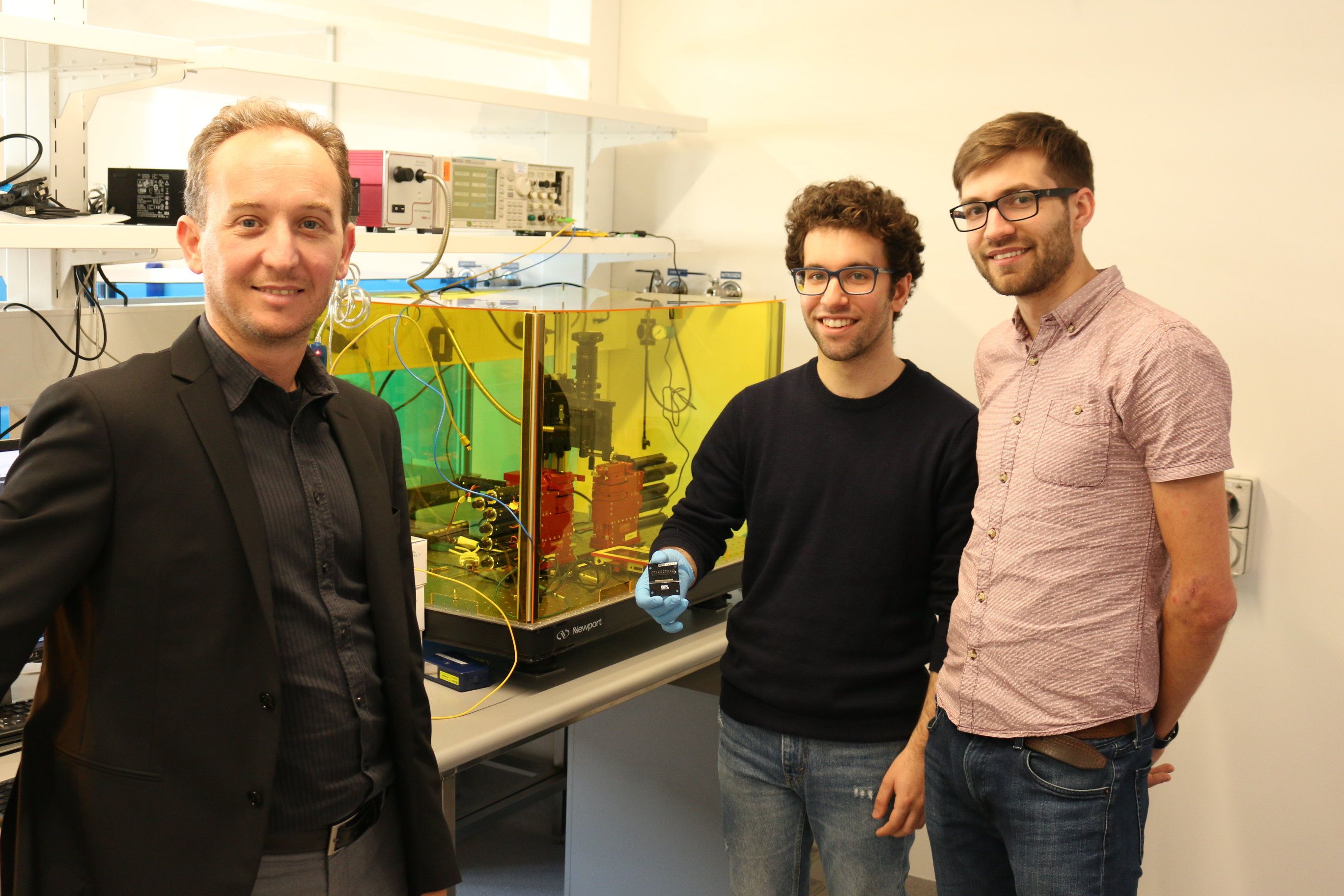
Scientists have developed a topological photonic chip to process quantum information, promising a more robust option for scalable quantum computers.
The research team, led by RMIT University’s Dr. Alberto Peruzzo, has for the first time demonstrated that quantum information can be encoded, processed and transferred at a distance with topological circuits on the chip. The research is published in Science Advances.
The breakthrough could lead to the development of new materials, new generation computers and deeper understandings of fundamental science.
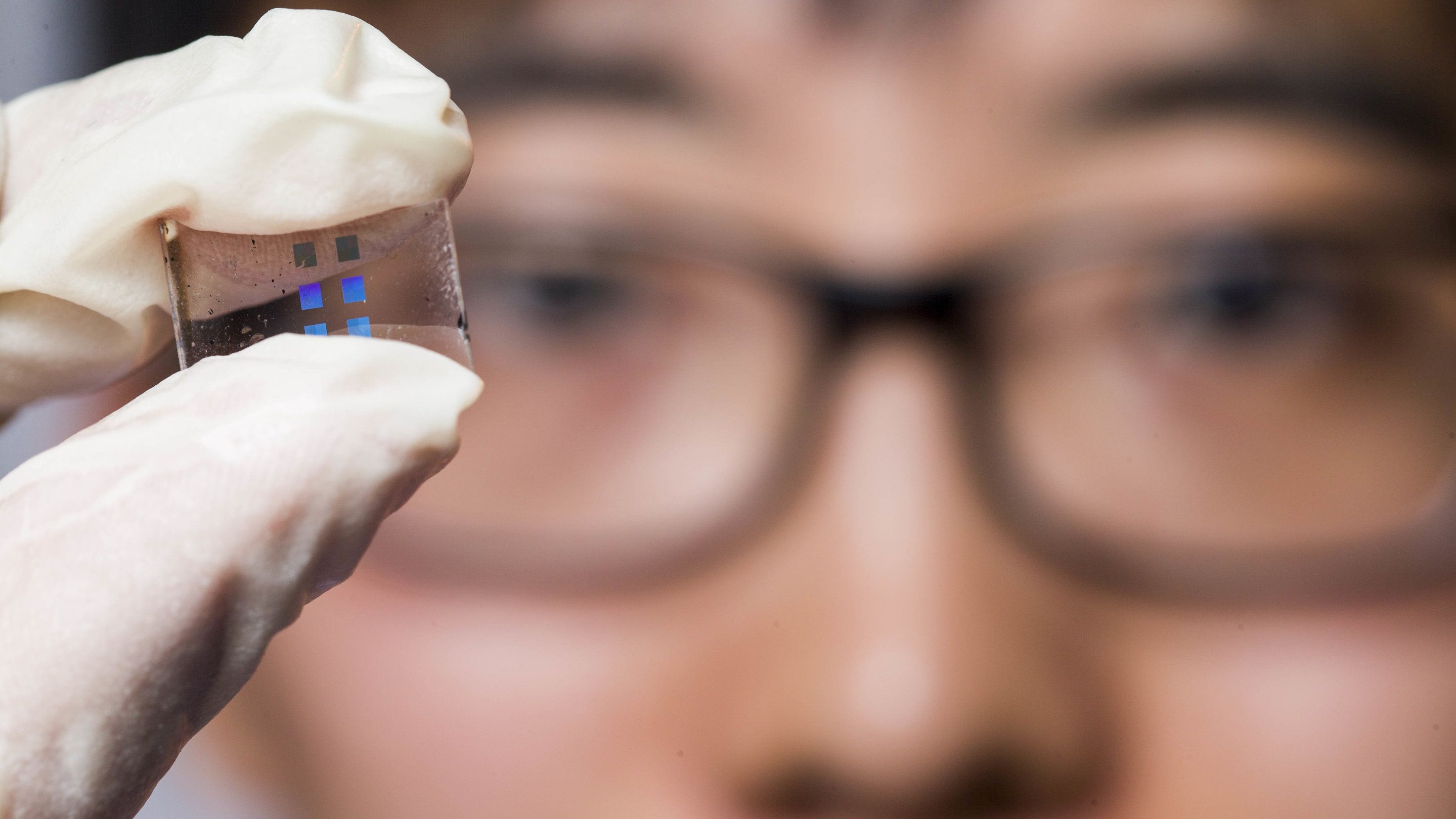
An international team of researchers led by The Australian National University (ANU) has invented a tiny camera lens, which may lead to a device that links quantum computers to an optical fibre network.
Quantum computers promise a new era in ultra-secure networks, artificial intelligence and therapeutic drugs, and will be able to solve certain problems much faster than today’s computers.
The unconventional lens, which is 100 times thinner than a human hair, could enable a fast and reliable transfer of quantum information from the new-age computers to a network, once these technologies are fully realised.
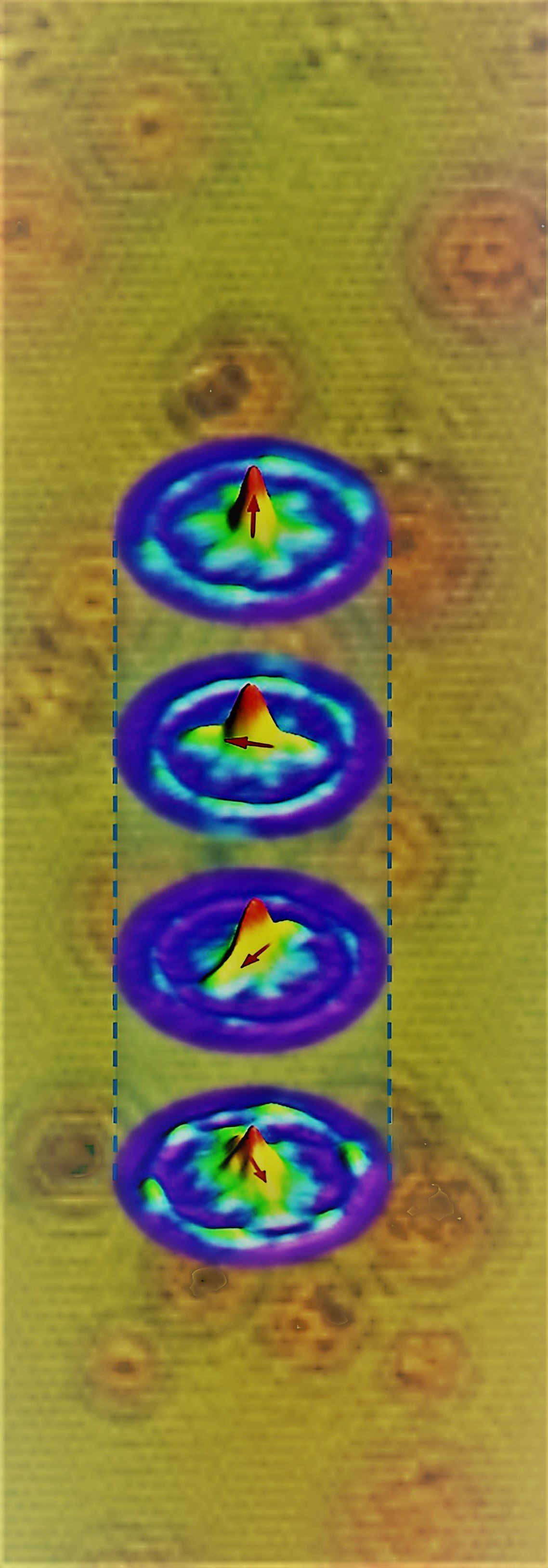
Quantum particles can be difficult to characterize, and almost impossible to control if they strongly interact with each other—until now.
An international team of researchers led by Princeton physicist Zahid Hasan has discovered a quantum state of matter that can be “tuned” at will—and it’s 10 times more tuneable than existing theories can explain. This level of manipulability opens enormous possibilities for next-generation nanotechnologies and quantum computing.
“We found a new control knob for the quantum topological world,” said Hasan, the Eugene Higgins Professor of Physics. “We expect this is tip of the iceberg. There will be a new subfield of materials or physics grown out of this. … This would be a fantastic playground for nanoscale engineering.”
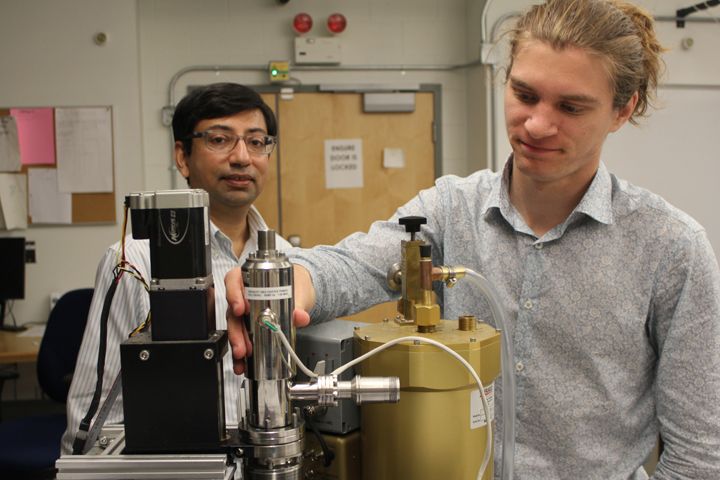
A recent discovery by William & Mary and University of Michigan researchers transforms our understanding of one of the most important laws of modern physics. The discovery, published in the journal Nature, has broad implications for science, impacting everything from nanotechnology to our understanding of the solar system.
“This changes everything, even our ideas about planetary formation,” said Mumtaz Qazilbash, associate professor of physics at William & Mary and co-author on the paper. “The full extent of what this means is an important question and, frankly, one I will be continuing to think about.”
Qazilbash and two W&M graduate students, Zhen Xing and Patrick McArdle, were asked by a team of engineers from the University of Michigan to help them test whether Planck’s radiation law, a foundational scientific principle grounded in quantum mechanics, applies at the smallest length scales.
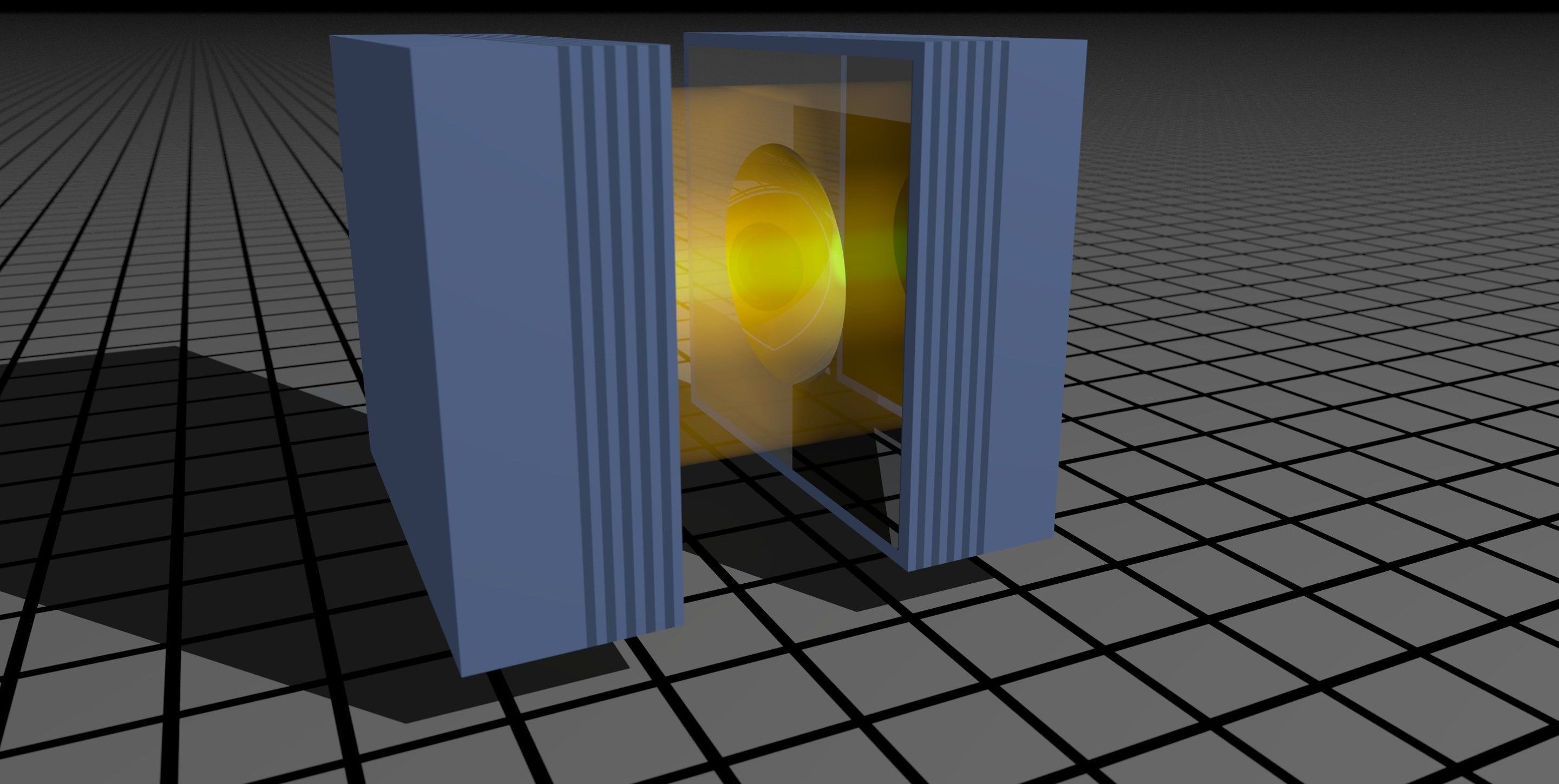
A system made of just a handful of particles acts just like larger systems, allowing scientists to study quantum behaviour more easily.
Most substances physicists study are made up of huge numbers of particles—so large that there is essentially no difference between the behavioural properties of a drop or a swimming pool’s worth of pure water. Even a single drop can contain more than a quadrillion particles.
This makes understanding their collective behaviour relatively easy. For example, both the water in the drop and in the pool will freeze at 0C and boil at 100C.
